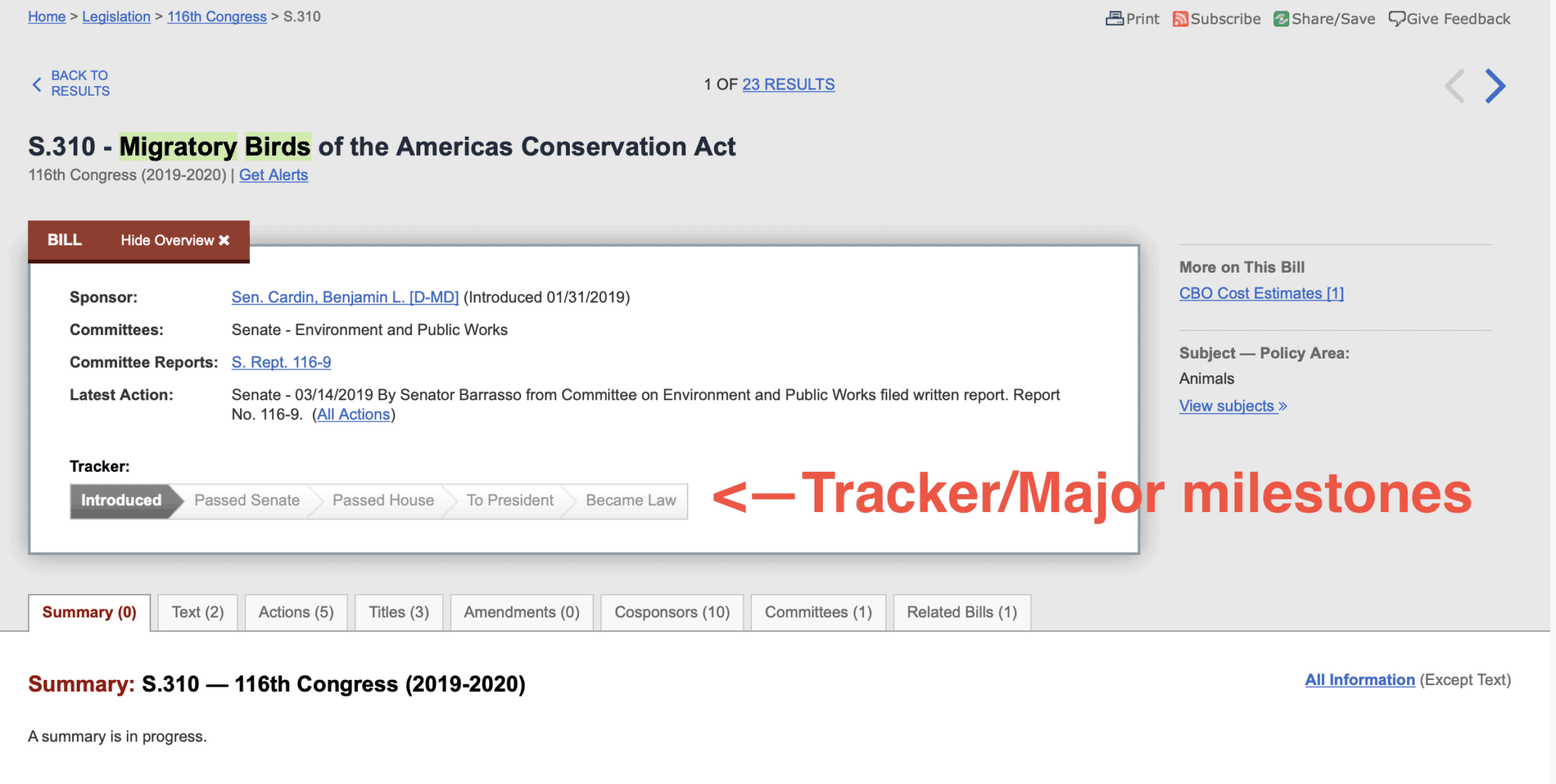How does congress track regulations? – Congress, the legal branch of the U.S. federal government, utilizes an intricate system to keep an eye on the progression of suggested legislations, or regulations. It’s not a basic “on-off” button; instead, it’s a multi-faceted procedure including different boards, ballots, and phases. Think about it like a meticulously managed dancing, where each action is essential to the last end result.
One of the crucial means Congress tracks regulations is via board hearings These hearings enable participants of Congress, professionals, and the general public to provide their sights on a costs. This gives essential input and permits public argument. It’s like a public discussion forum where concepts are traded and questioned prior to a costs also reaches the flooring of your home or Senate. Better, boards are specialized teams of lawmakers that dig deep right into the specifics of a costs. This extensive exam assists them determine prospective concerns, improve the costs’s language, and guarantee its positioning with the regulation’s objectives.
Once a costs removes board, it transfers to the capacity or Senate for argument. This is where the genuine activity takes place. Lawmakers provide speeches, use changes, and ballot on the costs. This procedure can be fairly extensive, commonly long-term numerous days or perhaps weeks. Think about it as a comprehensive testimonial and improvement procedure, where the costs is reviewed from every angle. The objective is to attain agreement and assistance for the costs prior to it can continue to the following action.

Key phases in the monitoring procedure consist of:
- Introduction: A participant of Congress officially presents the costs.
- Committee Review: The costs is assessed by a pertinent board.
- Floor Debate: The costs is questioned on the flooring of your home or Senate.
- Voting: Members ballot on the costs.
- Conference Committee (if required): Differences in between your home and Senate variations are settled.
- Presidential Action: The head of state either indicators or vetoes the costs.
Different entities in the federal government and public contribute in tracking regulations. The Congressional Research Service, for instance, gives detached evaluations of suggested regulations. These records are essential for legislators to comprehend the prospective effects of a costs prior to ballot. Government Accountability Office (GAO) additionally supplies records to aid educate the procedure. The Library of Congress gives important sources and devices for tracking the legal procedure. The general public additionally plays an essential duty by involving and checking in the argument.
In final thought, Congress utilizes a complex method to track regulations. From board hearings to flooring discussions and ballot, the procedure is a meticulously choreographed dancing including different stakeholders. By recognizing this procedure, people can much better involve with their federal government and affect the growth of legislations.
